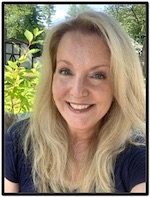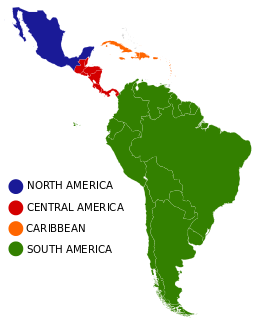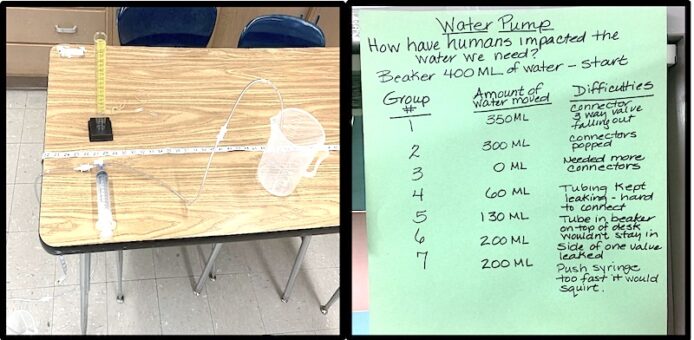Teaching More Science & History in 5th Grade
By Kathleen Palmieri

As this school year came to an end, I began to reflect upon the year as a whole and look more closely at our grade 5 class schedule. I found that social studies and science tend to get less time during a school week, sharing an every-other-day type of framework.
Looking back at my teaching plans for science and social studies, I noted the interesting topics my class explored and the labs we performed. It seems to me, while schedules are extremely tight, these two subjects need more time to be enjoyed.
I also reflected that these two subjects offer many avenues to be thematically included with other subjects such as reading, writing, and math.
What do the kids think?
I decided I would survey my fifth graders and ask them to reflect upon science and social studies. I created two separate Google forms and took time to explain what I was asking them to do. I began with science and then social studies. I asked my class to take time to brainstorm everything they learned this year and include both topics and labs. Here is what they shared:
Science
“It was cool to learn that plants grow mainly from air and water.”
“I liked learning that the food of most kinds of animals can be traced back to plants.”
“I liked the lab where we saw that plants take in carbon dioxide while growing in light.”
“It was cool to discover that air is matter but light is not matter.”
“I liked building the model to show transfers of matter and energy.”
“I was amazed when I blew up a balloon with air and then tried to move energy from a flashlight to the balloon. There was no change in weight when light was added to the balloon so we decided it couldn’t be matter.”
“Learning about decomposers when we used the mealworms. It was gross, but interesting to learn how decomposers eat dead matter and return it to the air and soil.”
“Learning about getting freshwater and trying to move it from one spot to another using tubing was really fun.”
“I liked that our group designed and then tested our solution to the problem of moving water a short distance. It made me think about other countries where they really need to find a way to get freshwater. I never thought about it before the lab.”
“It was really interesting to see how everyone thought to move water from one desk to another. I liked when we offered suggestions and then made changes to improve our water system.”
“The water system lab was my favorite. I like figuring out the failure points and then working together to make the whole thing work better.”
Social Studies
“Learning about Canada was my favorite topic. I enjoyed learning about the French and English speaking provinces and territories.”
“Comparing the United States and Canada’s economy was interesting to me. I also learned a bit about the Stock Market.”
“Canada is so close to where we live [New York State] and it was cool to realize that the U.S. and Canada share a lot such as trade and the Canada-U.S. Free Trade Agreement.”

“I learned about the sub-regions of Latin America such as South America, Middle America, and the Caribbean. I never knew this before this year.”
“I like learning about the Columbian Exchange.”
“Learning about climate interests me and I remember learning about Latin America’s climate zones, and what causes floods and droughts in Latin America.”
“Learning about the culture of Latin America was fun. Especially the sports and celebrations like baseball and the Day of the Dead.”
I was absolutely amazed at the amount of information my students provided in their reflections. After reading the survey results, I had a class meeting and discussed the findings.
The students actually shared ideas about how we could have expanded on the learning from these subject areas. It made me consider the many ways I could capitalize on their interest and learning as readers and writers moving forward.
The culture, language, and geography of Canada and Latin America connecting with what we are used to in the United States could produce wonderful writing pieces or research projects. Other ideas included students creating a Latin American recipe book connected to celebrations.
Another would be for students to read literature of a Canadian author and provide a book review with information about the author. Reading skills such as comparing and contrasting main ideas and details using graphic organizers would also help to create wonderful writing pieces demonstrating learning and writing skills.
The power of combining content areas
In science students can expand into reading and writing with the informational texts they are exposed to and report their findings. The reading standards of speaking and listening are easily met when students work together to present their findings in labs and discuss ways to improve their design.
History and math come into play when students try to solve the problem of getting freshwater to where it is needed. They can write about the unintended consequences of such efforts.
Students shared they could evaluate and communicate information on the cause and effects of any environmental crisis by writing a newspaper article. Mathematically, students can use evidence from graphs to make an argument about the cause of the shrinking waters such as the Aral Sea.
The ideas become endless when students share their learning and join in brainstorming. As I reflect on this school year and look forward to the next, I know that social studies and science will take on a bigger role in my daily learning plans.
Kathleen Palmieri is a National Board Certified Teacher and NBCT Professional Learning facilitator. She is a fifth grade educator in upstate New York who reviews and writes regularly for MiddleWeb. With a passion for literacy and learning in the classroom, she participates in various writing workshops, curriculum writing endeavors, and math presentations. As a lifelong learner, she is an avid reader and researcher of educational practices and techniques. Collaborating with colleagues and globally on Twitter and expanding her education adventures at www.kathleenpalmieri.com are her ongoing practices.
Latin America map: MexicanGoldenEagle, CC BY-SA 3.0 <https://creativecommons.org/licenses/by-sa/3.0>, via Wikimedia Commons
Feature image by Gary Yost on Unsplash



































